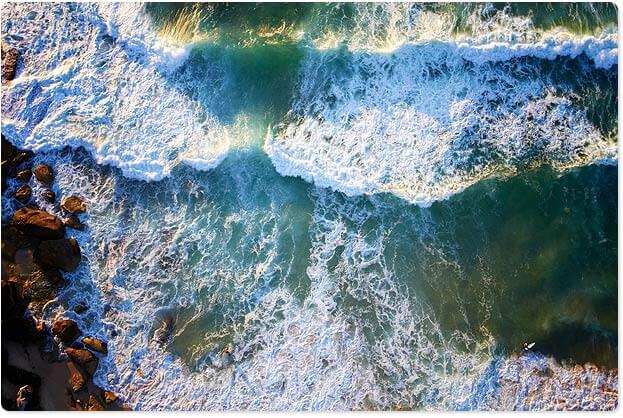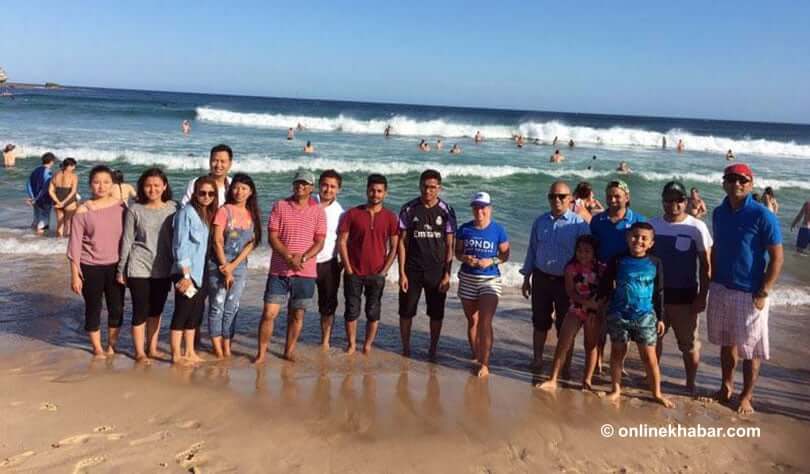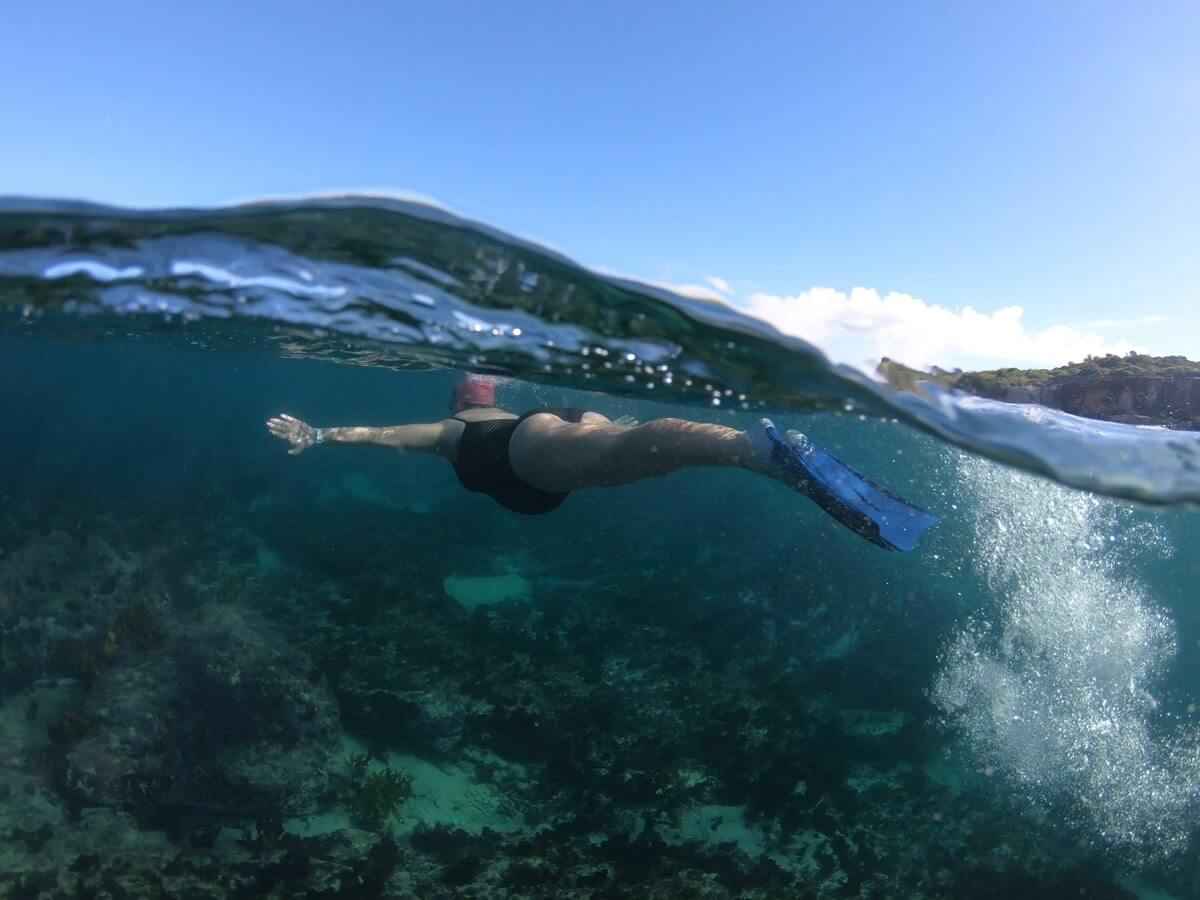Bottom’s up: How to choose where to swim at the beach

Have you ever wondered why different sections of water on the same beach can look so different?
Why is it that there are breaking waves in some parts, but not in others?
Well, it’s quite simple. What you see on the surface of the water is, for the most part, determined by what’s happening underneath.
If the tide was to retreat, say 100 metres, you’d get a fantastic view of the undulating seafloor with it’s higher sandbanks and it’s lower channels.
As waves roll in from the deep ocean, they interact with the sandbanks and channels in different ways.
Waves will break with more consistency over the shallow sandbanks, and the water in the waves here will move towards the beach. This makes it a safer place to swim.
There will be less, or no wave activity in the channels, troughs/gutters and holes, where the waves sink down into the deeper water and are met by a current of water returning back out to sea between the sandbanks.
Glossary
Channels: Narrow sections between the sandbanks, perpendicular to the beach, water flows away from the beach
Holes: Larger areas of deeper water between sandbanks, water flow is low
Troughs/Gutters: Narrow sections running parallel to the beach, feeding water into the channels
From the beach, you’ll be able to pick the sandbanks and channels (rip currents) by looking for wave activity, or inactivity, and this will help you choose where to swim.
Article: Myth of the collapsing sand bar
Article: Where To Swim When Not Between The Flags
Whilst most beachgoers should only swim on the sandbanks for safety (this is where you’ll find the red & yellow flags); smart ocean swimmers will use the channels to swim out to sea with the rip current and use the sandbanks to return to the beach with the waves.
Can you spot & count all the rips?Check out this fantastic aerial view of Bondi Beach from Uge @ Aquabumps that…
Posted by OceanFit on Tuesday, 5 January 2016
Want to test the theory? Next time you’re at the beach check where the lifeguards have placed the flags, you’ll find they’ve been placed where the most waves are breaking. Then look for the ‘No Swimming’ signs, they’ll be where there are little or no waves.
We do a great sand modelling session in our Learn to ocean swim clinic to teach you this, and more. You can also watch a version of what we teach in this video lesson on rip currents and sandbanks.
First published January 2016





Responses